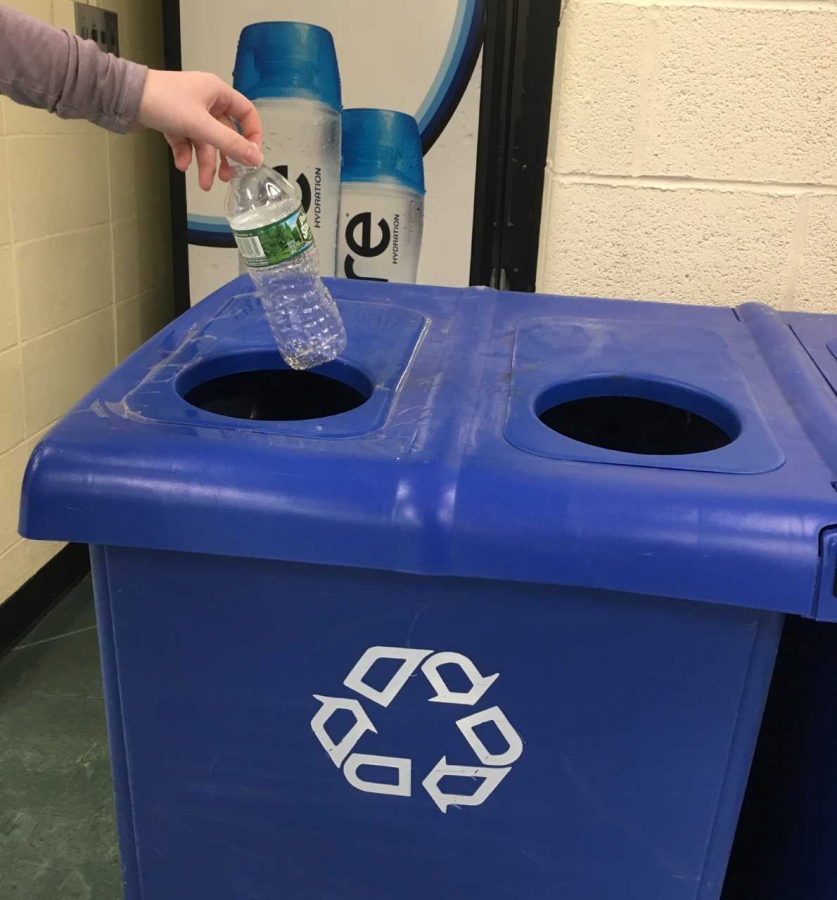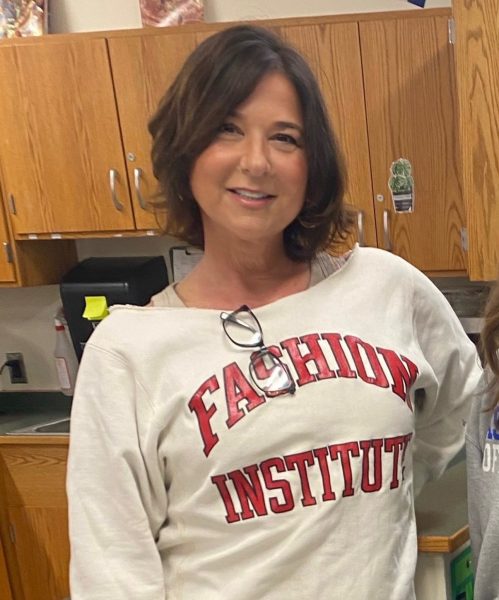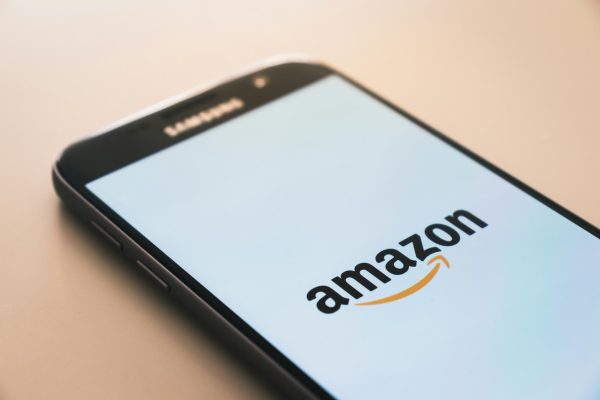Where Do Our Recyclables Really Go?
Millions of tons of trash are recycled every year, and with problems such as global warming and plastic winding up in oceans becoming more alarming, recycling is one of the few ways to help make an impact. As it turns out, most of material recycled actually ends up in landfills—the same place where our trash goes.
“Of the 66 million tons of material that Americans recycle,” the Huffington Post reports, “about one-third used to be exported—a majority of which had been bound of Chinese shores.” China was once a major buyer for recyclable plastics, paper, cardboard, and other materials since it needed to produce more materials to make items with for its huge manufacturing sector. However, as of January 2018, China placed a ban, which restricts the import of 24 categories of solid waste. Considering China had been processing at least half of the world’s export of recyclable waste, where to place American’s recycling materials has now become a major issue.
The reason China has placed these restrictions has come into question, and the reason is because there is too much contamination. Americans put things into their recycling containers in hopes of it getting recycled, but the fact is that some things such as dirty takeout containers, batteries, and Starbucks coffee cups are not recyclable. Waste Dive reporter Cole Rosengren told the Huffington Post that “[Americans] are so bad at recycling that some waste management companies have reported receiving recyclables from customers with contamination rate of up to 30 percent.” Those said companies were shipping recyclables to China with too much contamination, which is part of the reason why China decided to place the ban. With that said, that contaminated 30 percent ends up in landfills. As a result of China’s decision, the price of recyclables is non-existent since there is no longer a market for recycled items.
So, how can we help this problem? NBC New York says, “…Environmentalists warn that we must curb our addiction to disposable items, from plastic cups to food containers and other items that we use once and throw away.” Madison Crofts, sophomore, agrees saying, “I do believe we should stop using plastic and styrofoam.” In New York City, there is a styrofoam ban that went into effect January 1, 2019. As a result, manufacturers and stores may no longer sell one-time-use styrofoam such as plates, cups, or trays. This will help substantially in decreasing New York’s waste.
On Long Island, most of the trash is sent to Brookhaven Landfill. According to Newsday, their proposition to the recycling issue is to create a market for recyclables in New York. “New York State could make trash into treasure,” says Newsday, and it suggests that the way to go is that of a recycling company based in Georgia, to create a market for specifically paper and glass recyclables. The reasons made sense as to why this would work, or at least be helpful: there are several wineries on Long Island; therefore, an abundance of glass material would be available. In addition, it would cut shipping costs and create new jobs. Another step that can be taken is to try to reduce the contamination in recyclables. Reeducating the public on what to recycle instead of just throwing everything they think can be recycled into a can may be effective. It is important New Yorkers get ahead of this issue before it gets bigger as Brookhaven Landfill is set to close in 2024.

I am part of the Class of 2021 at LHS. I am in Key Club. I have a dog named Bandit, and I went to elementary and middle school in Queens.





































